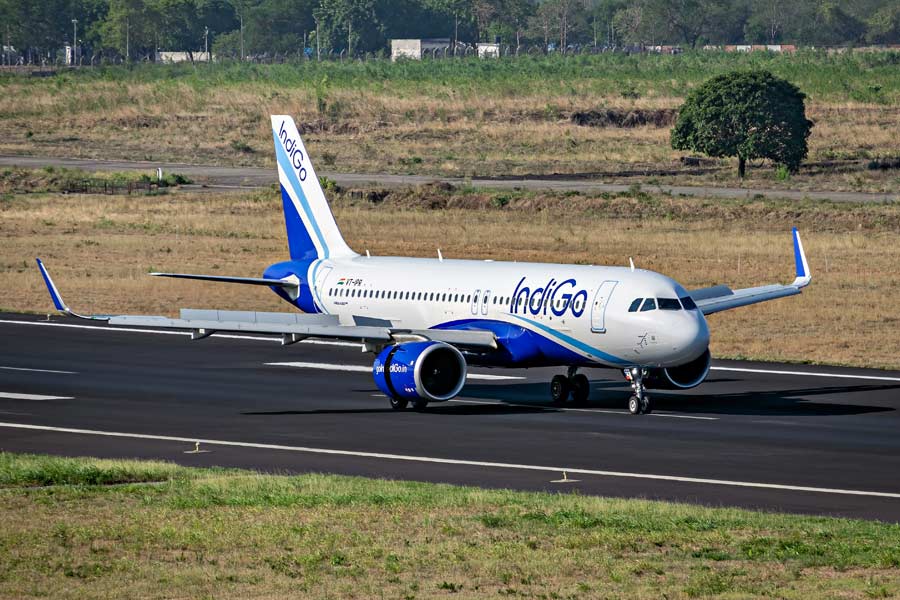Hilsa lovers in Bengal may not have any bones to pick with the catch this season.
Fishermen from South 24-Parganas have returned with over 30 tonnes of hilsa, almost double the cumulative catch in the first phase of the fishing season in the past two years.
Fishermen and officials of the state fisheries department attributed the improved haul to the reduced salinity in coastal waters because of timely monsoon rain and stricter enforcement of the two-month fishing ban before the start of the June
season.
The ban allowed the hilsa to breed and mature. A coordinated ban in Bangladesh implemented during the same period also played a role.
In the past few years, unchecked illegal fishing had disrupted the spawning cycle.
"The first catch of the season is very encouraging,” said Surajit Bag, assistant director of fisheries (marine), Diamond Harbour.
The first fleet of trawlers that set sail from the Kakdwip harbour on the midnight of June 14 after the two-month ban was lifted began returning with their catch on Monday. Thirty trawlers brimming with hilsa docked at the Kakdwip harbour.
Since Monday, fresh hilsa weighing between 500 and 900 grams have begun reaching markets in Calcutta and other parts of the state. Sources said the initial catch had come primarily from a zone near Frazerganj, just 50 nautical miles off the coast.
“The big first catch is largely because of favourable weather — drizzles, overcast skies and an easterly wind that entices the hilsa closer to shore,” said Satinath Patra, secretary of the Kakdwip Fishermen’s Workers’ Union.
"If this trend continues, this season (June-September) could witness a record-breaking haul,” Patra added. He said that although many trawlers had to return midway because of rough weather, those that made the trip brought in impressive hauls.
“We are hopeful that larger hilsa will be caught as the monsoon progresses,” said Bijan Maiti, general secretary of the West Bengal United Fishermen’s Association.
Fishermen and fisheries officials explained that high salinity in seawater typically keeps hilsa away from the coast, but early monsoon rain in the second week of June had helped reduce the salt content, attracting the fish.
A delayed monsoon in the past two years had meant the water remained too saline for a good haul. Most boats from harbours in South 24-Parganas and East Midnapore had to return empty-handed.
Last year, fishermen had said strong cross-currents caused by turbulent winds made it impossible to even deploy gill nets, the standard method of catching hilsa. These vertical nets, equipped with floaters, hang in the water and entangle the fish by their gills. Fishermen were forced to rely on less effective trawl netting, which further reduced the catch.
The drastic drop in hilsa catch in the past two seasons caused alarm in both the fishing community and government circles as around 30,000 people directly depend on this seasonal livelihood.
Experts said the confluence of the Hooghly and the Bay of Bengal near the Sunderbans in South 24-Parganas was a favourite spawning ground for hilsa. During June and July, mature fish swim from the deep sea towards freshwater rivers to lay eggs, making this the prime season for fishing.
“Hilsa swim near the surface in search of fresh water. In the past two years, inadequate rainfall meant there was no change in salinity and the fish swam towards the Odisha coast. But this year, by God’s grace, nature has favoured us,” Patra said.
“There has been substantial rain in both north and south Bengal. The rivers are swollen with fresh water, which has flown into the sea and reduced salinity in coastal areas. This has encouraged hilsa to come and lay eggs,” he added.
Weather aside, officials said the most critical factor in this season’s promising start was the effective enforcement of the fishing ban.
“Illegal fishing of juvenile hilsa is a major issue during the no-take period. But this time, we have been largely successful in making fishermen understand the importance of the ban,” Bag said.
“The fishermen’s unions supported us, and together we ensured that the hilsa population had the chance to grow. That’s what made this a success story,” he added.










